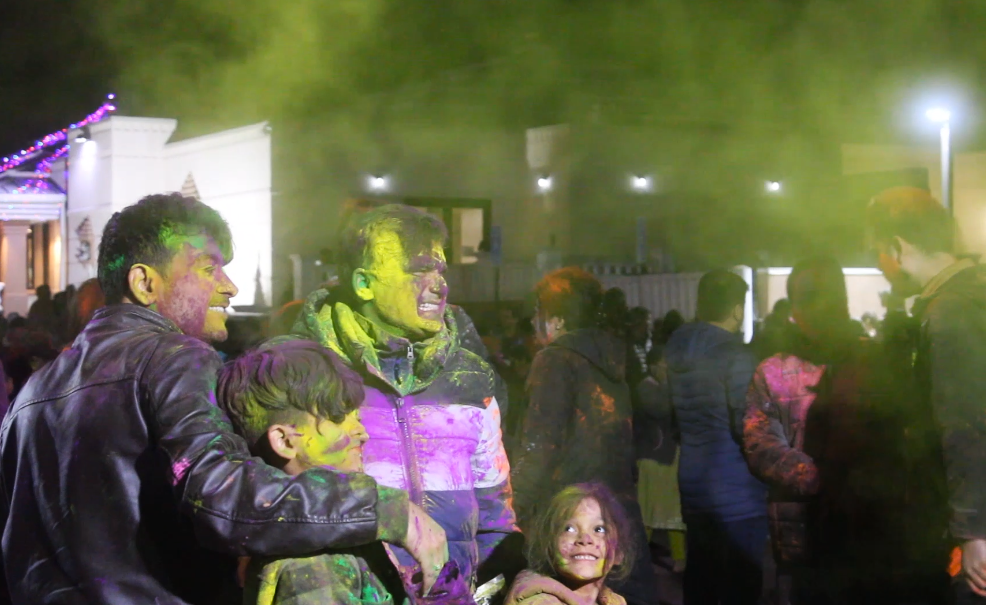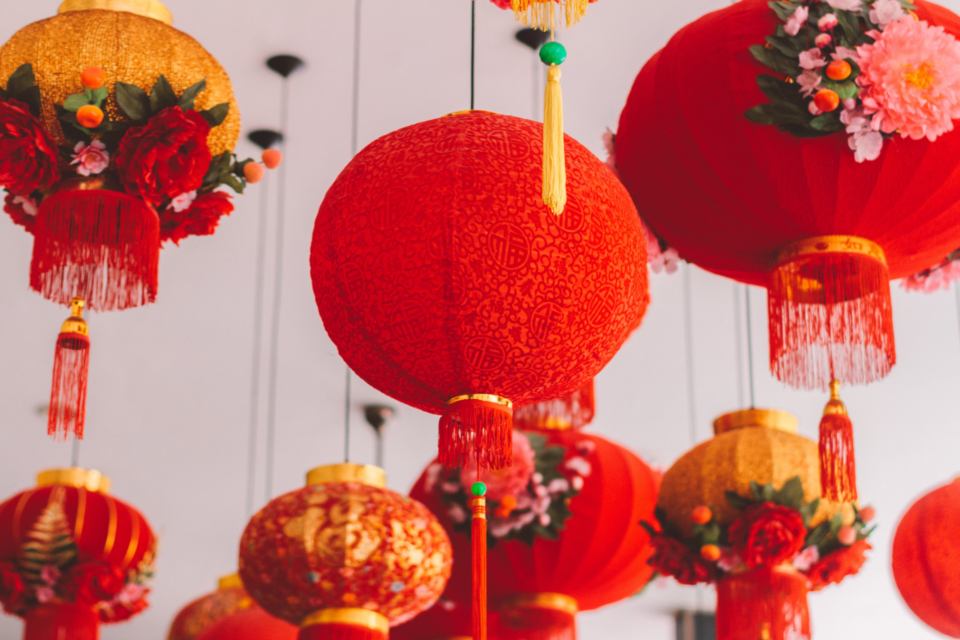Bouquets lined with plum blossoms, orchids, and peach blossoms symbolize good fortune as they decorate the houses of those celebrating the Lunar New Year.
This year, Lunar New Year was celebrated on Jan. 29, as it was the first new moon of the lunar calendar. Loudoun County Public Schools (LCPS) recently adopted the Lunar New Year as a student holiday, allowing a full day of commemoration to those who celebrate this 15-day spring festival.
Origin of the Lunar New Year:
The origins and beginnings of the Lunar New Year are nested deep in ancient Chinese myths and legends. One such legend explains the existence of a monster named Nian (“Year”) who existed thousands of years ago. Nian would arise from the shadows and attack villagers at the beginning of every new year, instilling fear into villagers. But the villagers were not ones to give up. According to the legend, they soon discovered that Nian had an Achilles heel— he was terrified of loud noises and bright colors, more specifically, the color red. Every new year, the villagers used his weaknesses to drive Nian away. These weaknesses made up the core values of Lunar New Year, which are still celebrated to this day. For example, nowadays, New Year festivities include lighting firecrackers and receiving red envelopes of money, with the color red illustrating luck.
Another important feature of the new year is the transition into a new zodiac animal. The Chinese lunar calendar consists of 12 animals representing a 12-year cycle: 2025 is the year of the snake. Last year was the year of the Dragon, and next year is the year of the Horse. The year you are born to represents your zodiac sign, which is believed to explain one’s strengths, weaknesses, and talents.
New Year celebrations often encompass a variety of traditions.Sophomore Henry Wo celebrated Lunar New Year with his family. “We spent the day hanging out with my family, and we exchanged these pockets of money in red envelopes,” Wo said. “It’s a form of cultural expression where Chinese people give each other money, and it’s a great event where people can come together.”
For Wo, one of the most exciting parts of the celebration is receiving the red envelopes. “My favorite part of New Year was actually getting red envelopes because I could take that money and put it into the stock market, to generate more money,” Wo said. Lunar New Year provides the perfect opportunity for many who celebrate to strategically add to their pocket money.
Food also plays a significant role in the holiday. While there isn’t always a specific dish, many families prepare a special meal to mark the occasion. “For dinner, we just ate a really grand meal,” Wo said. Similarly, sophomore Owen Duong celebrated with a huge family party. Around 30-40 members came for the reunion feast. “We ate a variety of food like noodles and dumplings,” Duong said. But the new year is not just about the food— it’s also about the company. “My favorite part of the celebration was meeting up with all of my cousins,” Duong said. “We played party games like trivia and a [couple] others.”
Reunion dinners serve as a key pillar in Lunar New Year celebrations. Tangyuan (Sweet Rice Balls), Niangao (Rice Cake), Steamed Fish, Dumplings, and Longevity Noodles are traditionally served at the dinner table, each item with its own representation; for example, Longevity Noodles represent happiness and longevity.
Sophomore Joshua Weber shared how his family celebrates this holiday. “Sometimes we have to dress in traditional Korean clothing for boys,” Weber said. “It’s called the Hanbok, then we bow to our elders, and they give us money.” This showcases the similarities between cultures in celebrating Lunar New Year and the differences.
The Lunar New Year sets the stage for new goals and aspirations for all students all throughout the Rock Ridge community and Loudoun County.
























![The Phoenix varsity volleyball team lines up for the national anthem. “We were more communicative [with each other] during this game, and I feel like we kept our energy up, especially after the first set,” senior Jessica Valdov said.](https://theblazerrhs.com/wp-content/uploads/2024/10/DSC_0202-1200x800.jpg)










![Junior Alex Alkhal pitches the ball. “[I] just let it go and keep practicing so we can focus on our goal for the next game to get better as a team,” Alkhal said.](https://theblazerrhs.com/wp-content/uploads/2025/05/DSC_0013-1-1200x929.jpg)






















